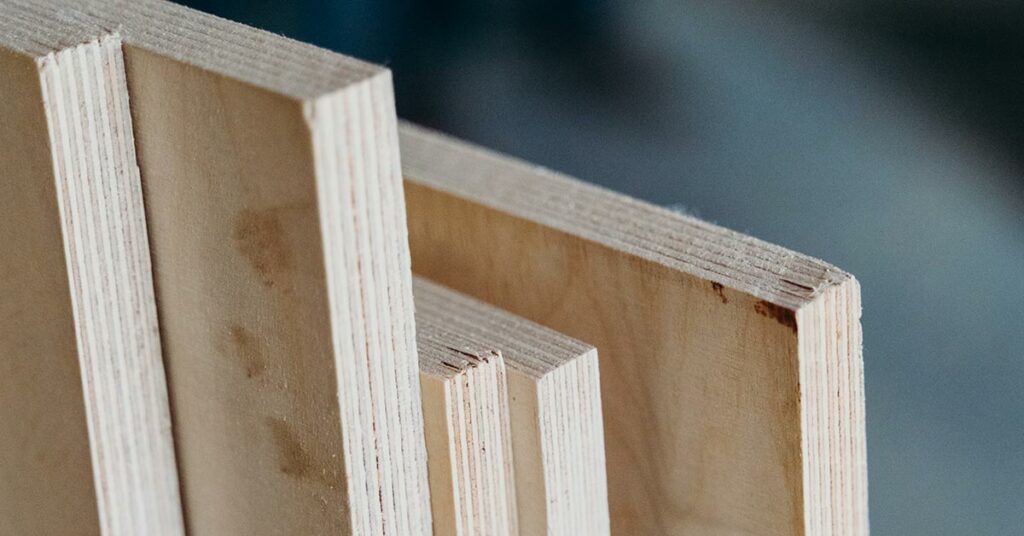
Does Tile Need an Underlayment?
Proper tile installation is essential for floors that not only look great when they are first installed but stay looking great many years and even decades later. Unfortunately, many home and property owners select a contractor based on eye candy on the company’s website gallery, without realizing that underlayment, or what is under the tile, is just as important to the success of an installation as tile itself. This article describes appropriate underlayment options in correctly installed projects so that you can make a well-informed decision about the quality and longevity of your investment.
Underlayment Is Neither Cheap Nor Easy
Does tile need an underlayment? In most cases the answer is yes. Tile or stone installed on a floor will require an underlayment. The only exception is when tile or stone is installed over flat concrete that does not have any cracks. Without a strong underlayment, premature deterioration, such as cracked or loose tiles and grout lines, will occur. Underlayment materials will inevitably drive up the price of an installation, however, compared to the cost of demolishing and reinstalling new flooring, a high-quality underlayment is well worth the investment. The type of underlayment necessary will depend on whether the tile is being installed over a concrete slab or wood subfloor.
The level of expertise, time, and materials necessary to install underlayment is widely misunderstood, thanks to unrealistic home renovation TV shows and general misconceptions. Here is an example. There is a product that used to be called self-leveling underlayment (SLU) that the industry has now renamed flowable hydraulic cement underlayment (FHCU). Home and property owners had been under the impression that installers could just pour this product and go take a lunch break, when in reality, the product requires quite a bit of attention. The installer must do preliminary planning, take measurements involving levels and/or lasers, and apply two additional products to accommodate proper movement of FHCU. Once FHCU is poured, the surface tension and flow must be closely monitored and adjusted until it dries.
As with FHCU, each type of underlayment has its own set of materials and requires specific installation methods.
Underlayment Options
There are various ways the responsible party, such as your general contractor or tile installation contractor, can create a strong underlayment for a tile installation over concrete slabs or wood subfloors.
Concrete Slabs
For the best possible results, it is imperative that the responsible party get as close as possible to industry standards for floor flatness. Concrete slabs can be flattened by grinding down high spots, using floor patches to fill in small low spots, or using a traditional mud bed to float the whole floor. Depending on the size of the tile, the responsible party may fail to meet industry standards for floor flatness if they are off by as little as one sixteenth of an inch. FHCUs are a great way to achieve a precise level of flatness.
If a concrete slab has any cracks, it is best practice to use a crack isolation membrane or an uncoupling membrane to help minimize the chances of the crack transferring through the tile. However, if the slab has cracks that have vertical movement where one side of the crack becomes higher than the other, no underlayment will stop the tile or grout from cracking.
Underlayment options for concrete include:
- FHCU – poured over a concrete slab that does not meet flatness tolerances to flatten or level out the surface
- Liquid applied crack isolation membranes – applied with a roller to a certain thickness, which, once dry, will stretch if cracks develop
- Peel-and-stick crack isolation membranes – come in rolls and provide superior protection for wide cracks
- Uncoupling membranes – have a fabric layer that allows some movement
NOTE: Even a perfectly flat concrete slab with no cracks may require prep work if it is coated with curing compounds, which must be removed prior to tile installation to ensure proper adhesion.
Wood Subfloors
As with concrete slabs, wood subfloors must be flattened.
Tile or stone should not be installed directly to a wood subfloor because it is too flexible and not waterproof. An additional layer of exterior grade plywood may provide enough rigidity to stop floor deflection, but using plywood as an underlayment is an outdated practice that increases the odds of a tile installation failure. An underlayment must be applied before tile is installed.
Underlayment options for wood subfloors include:
- Cement backer boards – can withstand prolonged moisture exposure; are less expensive than other underlayments but more labor intensive
- Uncoupling membranes – some are designed to accept floor heating cables for radiant heated tile floors
- FCHU – best when used in combination with a liquid applied crack isolation membrane
Uncoupling membranes like Ditra, StrataMat or Flexbone are great options to install over wood subfloors. If the floor is flat enough that it doesn’t require a full float of FHCU, these are my go-to options. They are lightweight, allow for precise installation, and perform well.
Cement boards or cement backer units (CBU) like Durock, Hardiebacker and Wonderboard are also good options to install over wood subfloors. These boards must be installed with thinset underneath, staggered and spaced appropriately, nailed or screwed down according to each manufacturer’s instructions, and the seams should be taped with alkali-resistant mesh tape.
A crack isolation membrane on top of the CBU will provide a little extra reassurance.
– Adam Copher, owner of Copher Tile and Stone
Select Your Contractor Wisely
Skilled, experienced installers understand that there are many different factors that must work together to achieve a beautiful, long-lasting installation, from quality material selection, including any necessary underlayment, to correctly installing those materials based on industry standards and manufacturer recommendations. Copher Tile & Stone proudly stays up to date on underlayment technologies with ongoing education with Mapei Technical Institute, Ardex Academy, the National Tile Contractors Association, Laticrete, and Schluter.
By Alice Dean

